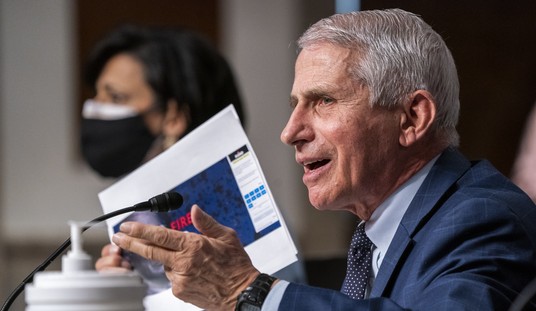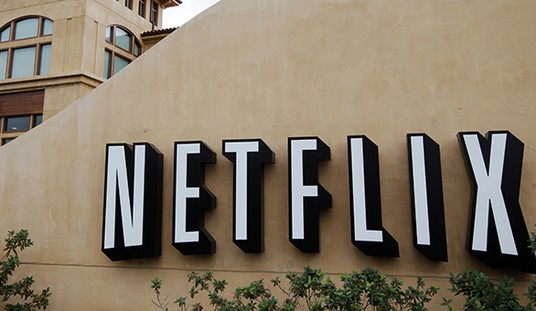I realize that the title of this column sounds like either sarcasm or some alternate reality sci-fi novel, but the growing reality of The Maths may be sinking in among at least some Washington insiders. The budget, the deficit and the national debt aren’t getting nearly as much play this election season as they deserve (an understatement if there ever was one), but discussions have been taking place as the President’s most recent spending plans have gone under the microscope. At the Washington Post, Robert J. Samuelson examines the lack of candor in our government’s financial circus and the fact that projections which run only over the next decade hold some sobering news.
He begins by noting that the portion of our budget where we even allow any semblance of flexibility (discretionary spending) continues to shrink while the mandatory spending (dominated by entitlement programs) grows like a rapidly metastasizing cancer. This is a recipe for a squeeze, as he describes it. Here’s the chilling part:
How severe is the squeeze? The answer is in table S-7, buried in the back of the budget. Almost one-third of the federal budget consists of “discretionary spending,” which covers defense, courts, parks and all programs requiring annual congressional appropriations (essentially, permission to spend). Most of the rest of the budget goes to “mandatory” programs — Social Security is the biggest — for which people qualify if they meet eligibility requirements…
From 2017 to 2026, Social Security spending rises 27 percent, Medicare is up 30 percent and Medicaid increases 24 percent (note: some Medicaid spending goes to the non-elderly). Meanwhile, defense spending falls 19 percent, and non-defense discretionary spending (the category that includes the courts, regulatory agencies, the national parks and much more) drops 16 percent.
Some discretionary programs will always, either for political reasons or genuine need, grow more rapidly than inflation and population. Cybersecurity is a present example. But they are the exceptions. Current policy is for most discretionary programs to do more with less — a formula for ultimate failure. The squeeze in any one year is small; the cumulative effect is huge.
If you don’t find this alarming then you haven’t been paying attention. These programs are currently beyond the reach of reform efforts through the normal budgeting process and they are growing faster than any reasonably expected boost in national productivity could account for. And rather than addressing the issue, it’s become increasingly popular to expand them all the faster on the state level. Just look at what happened in Ohio after Governor John Kasich threw open the doors to more Medicaid. He originally predicted that the total number of new enrollees in the program might be in the range of 400K over ten years. But int he first four years alone they have added 609,000 at a cost of an additional $6B annually. This pattern is repeating in other places.
Returning to Samuelson, regardless of how unlikely it may seem, he argues that the time for candor on the budget front is not only overdue, but approaching the point of inevitability.
Candor would compel clarity. Why do we have budget deficits? The main reason is a fundamental mismatch between what the public wants from government and what it is willing to pay in taxes. The fact that we’ve had only five budget surpluses since 1961 eliminates the business cycle as a central cause. The annual gap between our wants and needed taxes is at least $500 billion and possibly twice that.
Further: The basic conflict posed by the budget is not between rich and poor but between workers and retirees. Present policy favors retirees over workers — the past over the present and future — because, politically, tampering with benefits is off-limits. The rest of government absorbs the fiscal consequences of an aging population.
We aren’t talking about some far off, dystopian future here. This is something that turns into an imminently destructive force in the next decade. For the majority of voters following the news today, it’s not a question of what they will leave for their children, but very real effects which could collapse their own retirement plans. This house of cards will eventually come down, but there may still be time to make adjustments to at least push the collapse significantly further into the future.









Join the conversation as a VIP Member